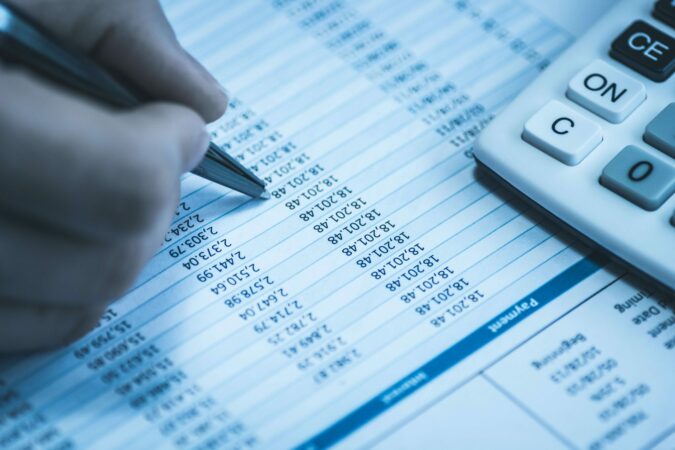
Cash flow from financing can include equity, debt, and cash moving between the business and its investors or creditors. Deprecation reduces the carrying amount of the PPE without being a cash flow. The double entry for depreciation is a debit to statement of profit or loss to reflect the expense and to credit the asset to reflect its consumption. Solution
It is necessary to reconcile the opening tax liability to the closing tax liability to reveal the cash flow – the tax paid – as the balancing figure. Operating income is also called earnings before interest and tax (EBIT), and it shows how profitable a company is before tax deductions and interest expenses.
- Continuing to look at the statement, an investor would also see that Acme bought property and paid down a loan.
- This measurement does not account for any financing sources, such as the use of debt or stock sales to offset any negative cash flow from assets.
- Free cash flow is often evaluated on a per-share basis to evaluate the effect of dilution similar to the way that sales and earnings are evaluated.
- That means that Acme is generating a large percentage of revenue from its operations.
- You can go one step further by expanding what’s included in the free cash flow number.
Next, our company’s long-term debt balance was assumed to be $80m, which is decreased by the mandatory debt amortization of $5m. For our long-term assets, PP&E was $100m in Year 0, so the Year 1 value is calculated by adding Capex to how to calculate cash flow from assets the amount of the prior period PP&E and then subtracting depreciation. The transaction would likely involve an outflow of cash initially, since it costs money for the company to buy inventory and manufacture the product to be sold.
Ensure Efficiency of Accounting-Related Processes
It reports revenue as income when it’s earned rather than when the company receives payment. Expenses are reported when incurred, even though no cash payments have been made. For instance, investing cash flow might be negative because a company is spending money on assets that improve operations and the products it sells. Let’s say Acme Company produces a cash flow statement showing the cash flows below. As a practical matter, if a company has a history of dividend payments, it cannot easily suspend or eliminate them without causing shareholders some real pain.
- Most companies prefer the indirect method because it’s faster and closely linked to the balance sheet.
- However, the indirect method also provides a means of reconciling items on the balance sheet to the net income on the income statement.
- Keep reading for a comprehensive explanation of the free cash flow formula, or navigate directly to a section you’d like to learn more about.
- Sales and income could be inflated by offering more generous terms to clients.
- If you sell off a large asset, your free cash flow would go way up—but that doesn’t reflect typical cash flow for your business.
- For lenders, this metric is a reliable indicator of the firm’s capacity to repay debt, and a higher CFFA generally implies lower lending risks.
However, falling FCF trends, especially FCF trends that are very different compared to earnings and sales trends, indicate a higher likelihood of negative price performance in the future. Free cash flow is often evaluated on a per-share basis to evaluate the effect of dilution similar to the way that sales and earnings are evaluated. Because FCF accounts for changes in working capital, it can provide important insights into the value of a company and the health of its fundamental trends. Sometimes, even a slight increase in pricing, if justified by value addition, can boost cash flow without affecting demand significantly.
Accrual Accounting
A company creates value for shareholders through its ability to generate positive cash flows and maximize long-term free cash flow (FCF). FCF is the cash from normal business operations after subtracting any money spent on capital expenditures (CapEx). Cash Flow From Assets Calculator is a useful tool for businesses to calculate the cash flow generated by their assets. The calculator takes into account the company’s operating cash flow, capital expenditure, and working capital to determine the cash flow from assets. In this article, we’ll explore how the calculator works, the formula used to calculate the cash flow from assets, and provide examples to illustrate the concept. Some of the most common and consistent adjustments include depreciation and amortization.
